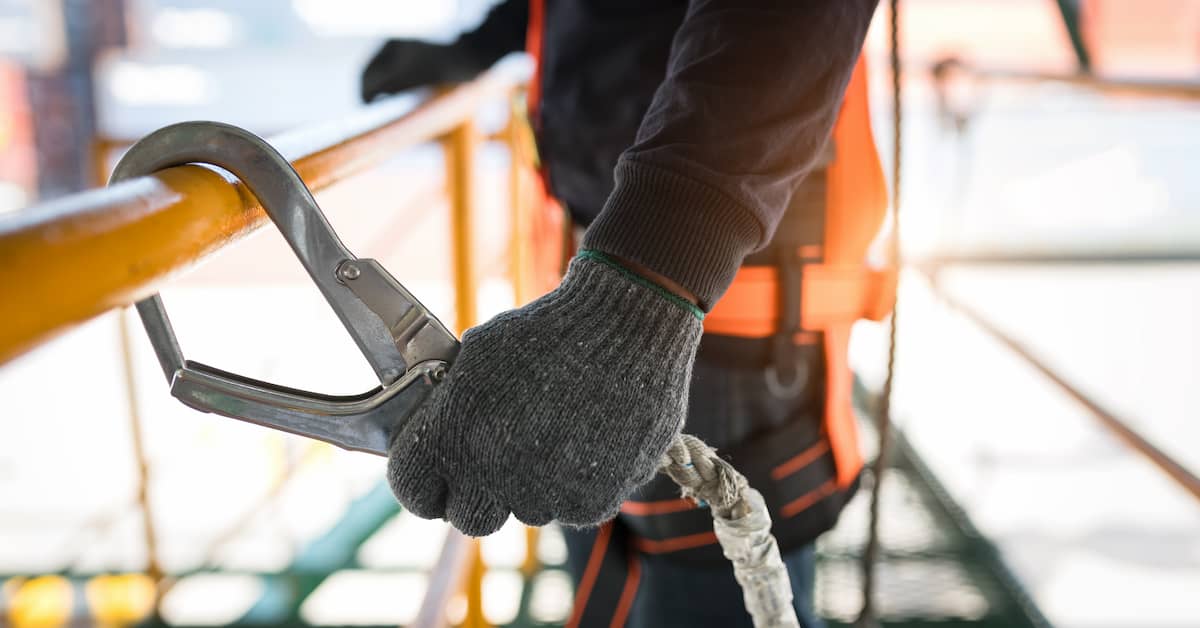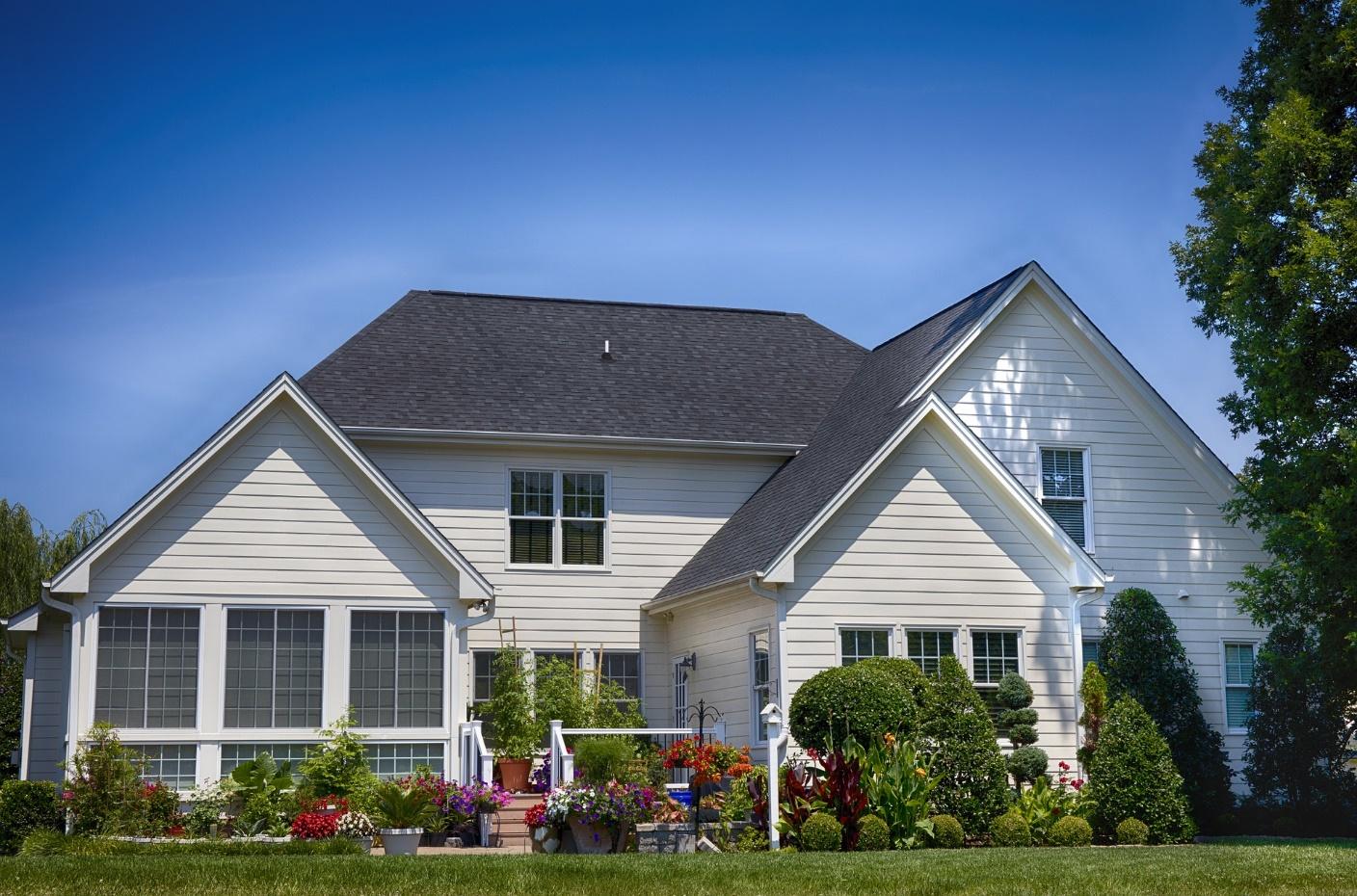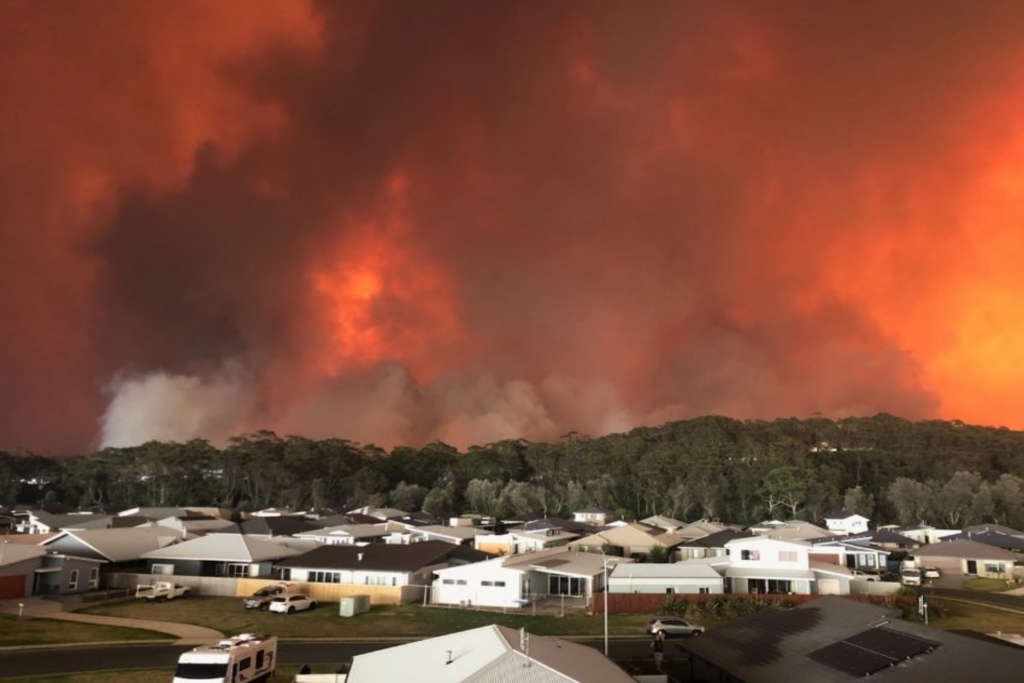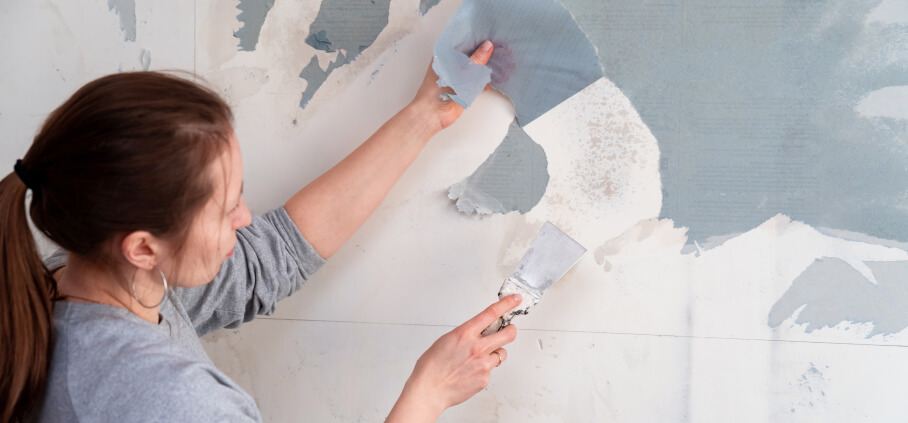If you’re a construction worker or run a construction project, you already know many risks come with the job. Whether electrical shocks, falls or burns, there are numerous things you need to watch out for. While some things can’t always be prevented, many can be if you’re careful. Below you’ll find a few ways you can avoid frequent construction site accidents.
6 Ways to Stop Construction Job Accidents
1. Always Wear Personal Protective Equipment (PPE)
While it might not always be the most comfortable or easiest thing to use sometimes, PPE is designed to protect you from serious injuries, some of which could be fatal. Most construction sites will usually require basic PPE like:
- Helmets
- Face shields
- Ear coverings
- Steel-toe boots
- Safety glasses
Reflective gear is also important, especially if there are evening tasks to accomplish. It’s also good to wear in low-light situations or in potentially dangerous situations (like road work) where it could be difficult to see workers.
2. Use Fork Extensions
A common mistake many construction workers make is to use the correct fork extensions on forklifts. Not installing (or even using) the correct fork extensions can cause dangerous situations. The forklift might not balance the load well or have a weight limit that could cause it to snap under anything above it.
Adding fork extensions ensures the load stays secure and protects the driver and workers nearby from potentially injuring themselves due to unsteady transport.
When using fork extensions, make sure they’re constructed of steel – a durable material that can withstand heavy wear and tear. Apart from this, check if they have a tapered design. This will help make the loading and unloading process go much smoother.
Fork extensions also typically have a locking pin. This safety feature guarantees that the attachment is completely secure.
3. Do Consistent Inspections
Another way to stop potential accidents is to check out the area often. While it doesn’t have to be an intense inspection each time, you should do a general overview at least once daily. This way, you can ensure that everything is in order. This won’t only keep workers safe but can make sure the job is done properly.
Apart from the site itself, also check machinery and tools. It could still lead to a potentially dangerous issue, even if it’s something seemingly minor (like a dull saw blade). Because of this, ensure that they’re in good working condition and have regular inspections done on them.
Consider holding safety meetings with workers. Doing this can help you clearly define the safety measures you want and gives them a chance to voice their concerns about site problems.
4. Mandate Safety Training
Sometimes construction accidents happen simply because workers are unaware of what to do in certain situations. By mandating safety training, they will have to take courses in potential construction hazards and learn the best ways to deal with them. The training will also provide them with basic first aid knowledge and important contact information should something go wrong.
Besides basic knowledge, safety training should also teach workers how to use machinery. This includes the best way to hold saws and how to maneuver bulldozers and similar vehicles properly.
Make sure, though, to keep safety training up. While it doesn’t have to happen constantly, you should strive to have review meetings at least monthly.
5. Use Good Lighting
Depending on the project, you should add extra lighting to certain areas rather than relying on sunlight. While it might not be completely dark inside, poor lighting can lead to mistakes as it’s harder to see fine details.
By ensuring there’s proper lighting (as with additional spotlights), your workers can easily see what they’re doing. This can also speed up the construction process as workers can view tasks better.
It’s also a good idea not to have workers on the job much during the night. While it might help them stay on schedule, evening work can make it difficult for them to see, no matter how much artificial lighting is in the area. Besides, workers might be tired, leading to them not thinking clearly when using high-powered tools. If they’re fatigued, the tools might accidentally slip, which could cause injuries or property damage.
6. Keep Things Clean
Construction jobs create a lot of debris. If left, it could pose a hazard to workers who could trip over it. Because of this, emphasize that debris should be cleaned as tasks are done. This not only keeps things moving quickly but creates a safe working space.
Working construction jobs comes with many risks, but there are ways you can lower the potential for something serious to happen. You can easily maintain a safe environment by keeping the above in mind.






